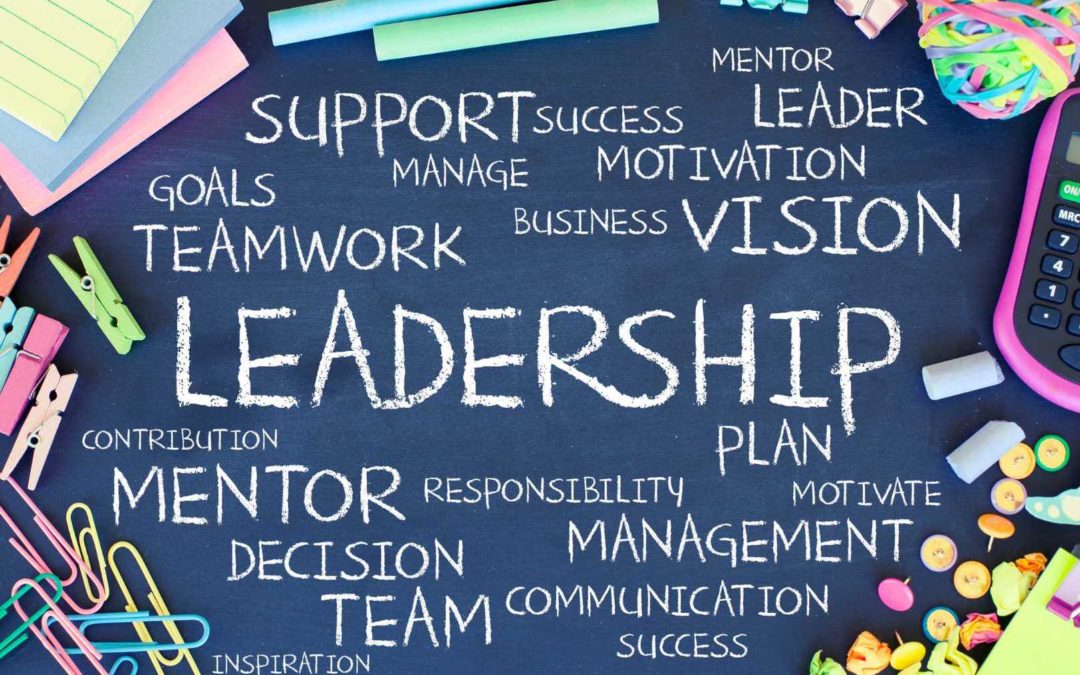Is connecting with the right people a challenge to you?
Even before the pandemic turned everything on its head with the increase in remote work, as a leader, you may have had challenges with connecting the right people to work and innovate. A lack of connection is more than an issue of coworkers separated by proximity or even siloing within the organization. It can also speak to a lack of communication and diversity of gender, ethnicity, experience, and viewpoints in the workplace.
How to build a strong culture, team spirit and motivation
According to the report Diversity Matters, initially presented by McKinsey in 2015, there is a correlation between having high diversity in the workplace and being a successful (i.e., profitable) organization. According to this report, companies with ethnic diversity were 35% more likely to be profitable, and gender diversity gave companies a 15% jump over their competitors. A 2020 report that followed up on the earlier study and studied organizations during COVID-19 noted that the companies that maintained their inclusionary practices were better able to sustain their innovative efforts and showed more resiliency while dealing with the workplace chaos the pandemic created. In short, organizations with robust inclusion and diversity efforts showed more stability and quicker recovery during the crisis. Conclusion: Diversity and inclusion lead to stronger organizations.
Is focusing on diversity alone enough?
It’s not just about leaders bringing together the right mix of people (diversity). Inclusion Is Essential. It’s also about recognizing skills gaps in themselves and their team and ensuring that all have the tools and environment needed to work together effectively, navigate complexities, and solve problems (inclusion). According to the report Leaders Who Bring People Together: A Rare Find from KornFerry, most leaders lack what it takes to make them effective connectors, and of 24,000 leaders polled, in the top 25 percentile, none had all of the traits and competencies. To be considered a genuinely inclusive leader, you should strive to have the following characteristics and competencies:
- Traits
- Authenticity
- Emotionally resilient
- Self-assurance
- Inquisitiveness
- Flexibility
- Competencies
- Builds interpersonal trust
- Integrates diverse perspectives
- Optimizes talent
- Applies an adaptive mindset
- Achieves transformation
How to Become an inclusive leader
Knowing the traits and competencies needed to be an inclusive leader is one thing, but how do you get there? According to the Center for Creative Leadership, it all begins with acts of empathy and enacting
The Seven Steps of Inclusion:
- Deepen self-awareness
- Foster social awareness
- Reveal blind spots
- Listen to understand
- Create connections
- Lead with courageous vulnerability
- Invest resources in inclusion
How to develop a culture of inclusivity with Business Relationship Management (BRM)
Being human-centred and understanding the value of having a diverse and inclusive team in decision-making is critical for a leader. In relationship management, you should recognize that diversity and inclusion are required for teams to solve complex issues. Part of relationship management is ensuring the right people get involved in the discussion and that the team will deliver great value. Having a diverse, inclusive team often leads to differing viewpoints, which can create tension. This isn’t a bad thing if handled correctly! A team with high levels of trust will embrace alternative ideas, and vibrant conversations and innovation are a natural byproduct. Building great relationships and connecting the right people can deliver great results.
How to get started with building essential leadership skills
We invite you to attend one of our free BRM introduction sessions or certification courses to learn more about business relationship management and how you can become more inclusive by being collaborative.
NOTE:
Inclusive leadership: Steps to take to get it right. CCL. (2023, January 11). Retrieved April 24, 2023, from https://www.ccl.org/articles/leading-effectively-articles/when-inclusive-leadership-goes-wrong-and-how-to-get-it-right/

